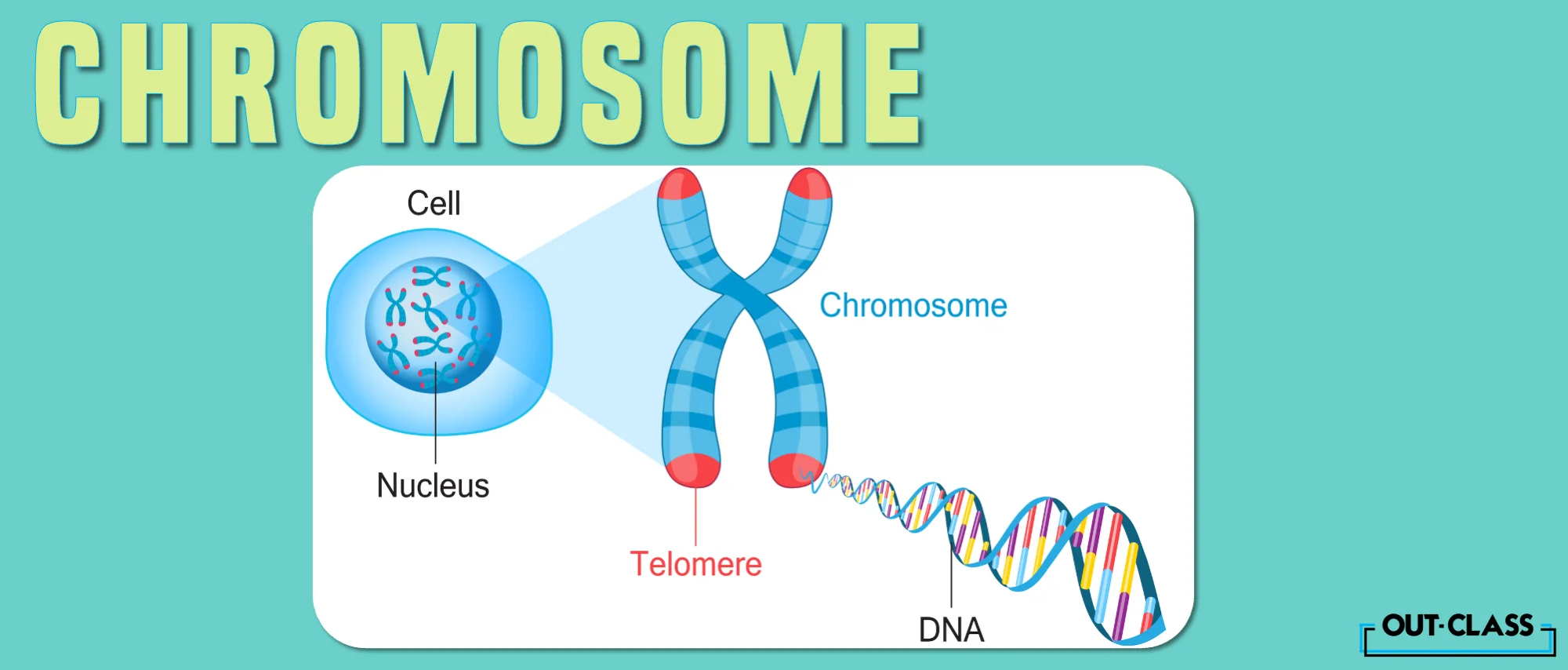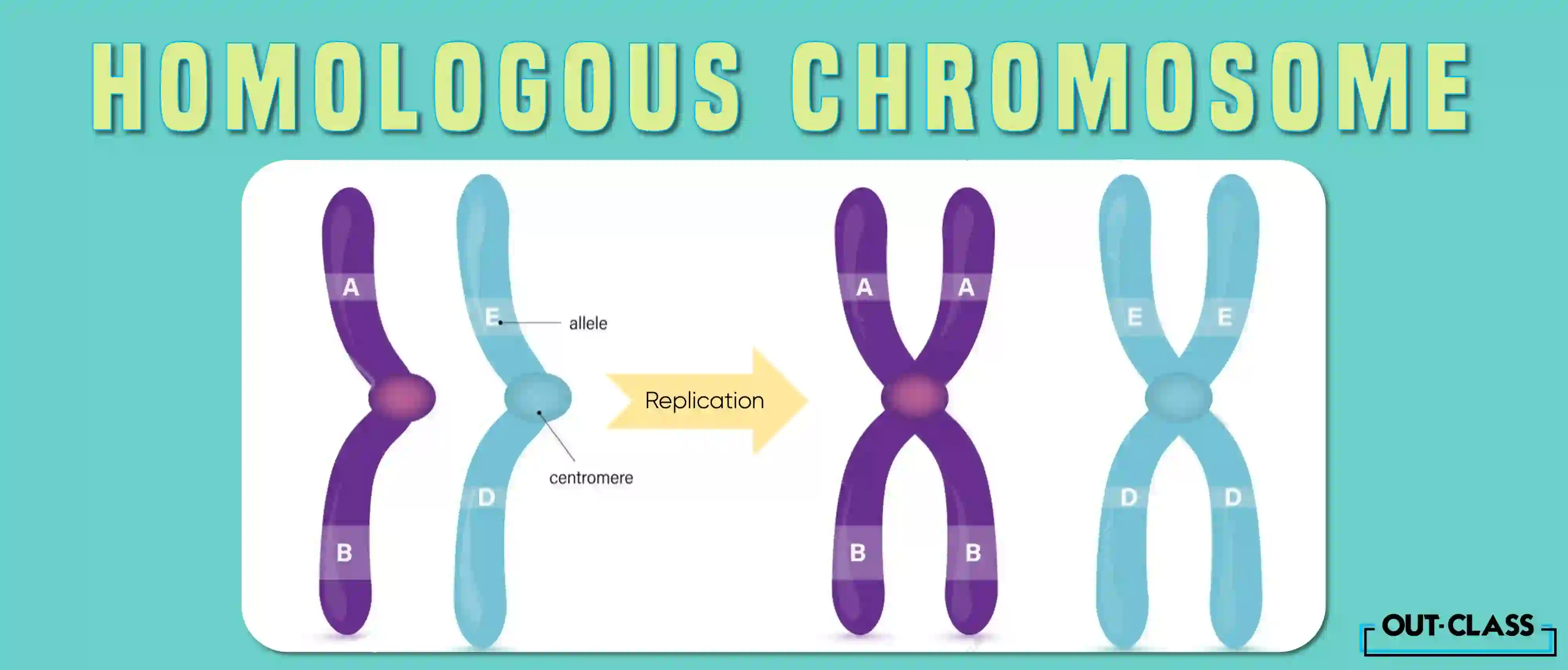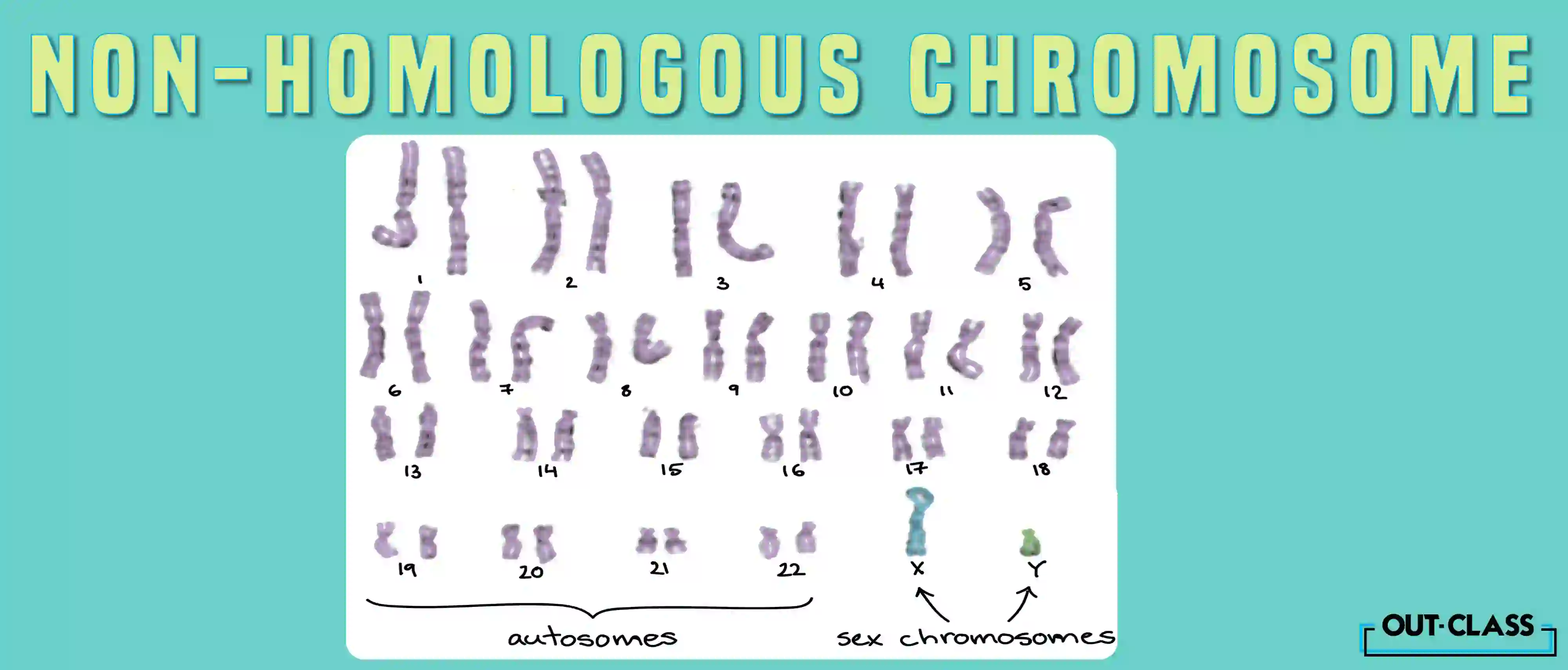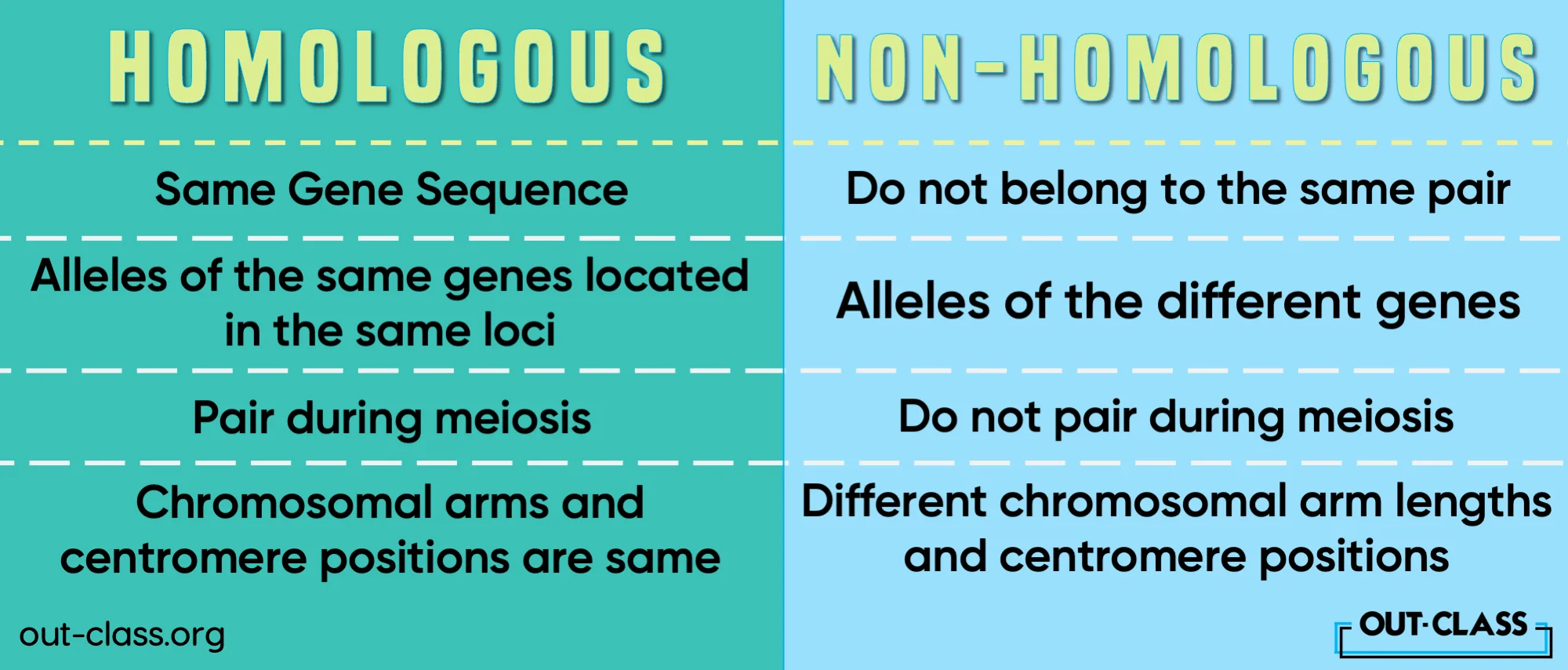The human body is SUCH a fascinating machine! It ensures everything is working efficiently inside the body and determines the nature of some of our most important physical and biological features such as the colour of our eyes, our hair, our height and our gender. How does it do that? Through chromosomes!
What are Chromosomes?
Chromosomes are located inside the nucleus of our cells and help provide the structure that carries our genes or DNA; the instruction manual that dictates how we look, what gender we are supposed to have and all the relevant information needed to build and operate our bodies.
The human body contains 23 pairs of chromosomes, 46 in total. Each member of each pair comes from our mother while the other comes from our father, which explains why you probably have that funny-shaped nose or impossibly curly hair!

Chromosomes play an important role in determining how your body grows and functions. When cells divide, your body engages in a process that involves meticulously copying and distributing these chromosomes, so that each new cell gets the right set of instructions.
Homologous vs. Non-Homologous Chromosomes
What is a Homologous Chromosome?
Well, think of your homologous chromosomes as a pair of siblings, one of which comes from your mother while the other comes from your father. Each pair has similar genes; however, some may have different versions of those genes. These versions are known as alleles or allelomorphs.

A good example may be different versions of the same software that offer different features for the same service. During a process called ‘crossing over’ – in which the instructions for the development of the body are passed on from one cell to another - homologous chromosomes ultimately help create genetic diversity.
What is a Non-Homologous Chromosome?
Non-homologous chromosomes are not a pair at all; in fact, they are entirely different from each other and thus, don’t have matching pairs with the same genes. These are also known as your sex chromosomes; meaning, they help determine what gender you are going to have. Girls have two X chromosomes (XX) while boys have one X and one Y chromosome (XY).

Examples of Homologous and Nonhomologous Chromosomes
Autosomal chromosomes are examples of homologous chromosomes which help determine our physical characteristics such as our hair and eye color. XY sex chromosomes are examples of nonhomologous chromosomes.
How are Homologous Chromosomes Different From Non-Homologous Chromosomes?
Structure
The length and centromeric position of homologous chromosomes are the same. On the other hand, the non homologous chromosomes vary.
Pattern of Pairing
Homologous chromosomes pair during meiosis (a type of cell division that occurs in sexually reproducing organisms which further results in the production of specialized reproductive cells called gametes such as sperm or egg cells). Non homologous chromosomes do not pair during meiosis.
Outcome
When DNA is exchanged between homologous chromosomes, it is called recombination (the genetic material from one pair is recombined to make a similar pair). When DNA is exchanged between non homologous chromosomes, it is called translocation (the genetic material from one pair of nonhomologous chromosomes is exchanged with that of another pair of nonhomologous chromosomes, resulting in a dissimilar pair). This results in a mutation or a change in genetic material ultimately paving the way for greater genetic variability.
In summary, the differences between homologous and non-homologous chromosomes are:
Conclusion
By learning more about the battle between homologous vs non homologous chromosomes and understanding how they work, you will be able to know more about the important role they play in determining each person’s uniqueness. For better revision of IGCSE & O Level concepts, watch our interactive O Level/IGCSE Biology video lessons. Good luck!
FAQs
Q. What are chromosomes and where are they located in the cell?
Chromosomes are structures inside the nucleus of cells that carry genes or DNA. They serve as the instruction manual for building and operating the body.
Q. How many chromosomes are there in the human body, and where do they come from?
The human body has 23 pairs of chromosomes, for a total of 46. Each member of a pair comes from one parent, with one from the mother and one from the father.
Q. What role do chromosomes play in determining physical and biological features?
Chromosomes carry genes that determine traits like eye colour, hair type, height, and gender. They play a crucial role in instructing how the body grows and functions.
Related: Punnet Square - Inheritance
Q. What is the difference between homologous and non-homologous chromosomes?
Homologous chromosomes are pairs with similar genes, contributing to genetic diversity through processes like crossing over. Non-homologous chromosomes, like sex chromosomes (XX for females, XY for males), are entirely different and help determine gender.
Q. How do homologous chromosomes differ from non-homologous chromosomes in terms of structure, pairing, and outcomes during meiosis?
Homologous chromosomes have similar lengths and centromeric positions, pair during meiosis, and undergo recombination. Non-homologous chromosomes differ in structure, do not pair during meiosis, and may undergo translocation, resulting in dissimilar pairs and genetic variability.
Q. Can you provide examples of homologous and non-homologous chromosomes?
Autosomal chromosomes, determining physical characteristics, are examples of homologous chromosomes. XY sex chromosomes, determining gender, are examples of non-homologous chromosomes.
Related: Non-homologous Chromosomes
Q. How do homologous chromosomes contribute to genetic diversity?
Homologous chromosomes contribute to genetic diversity through processes like crossing over during meiosis, where DNA is exchanged, leading to recombination and variations in genetic material.





